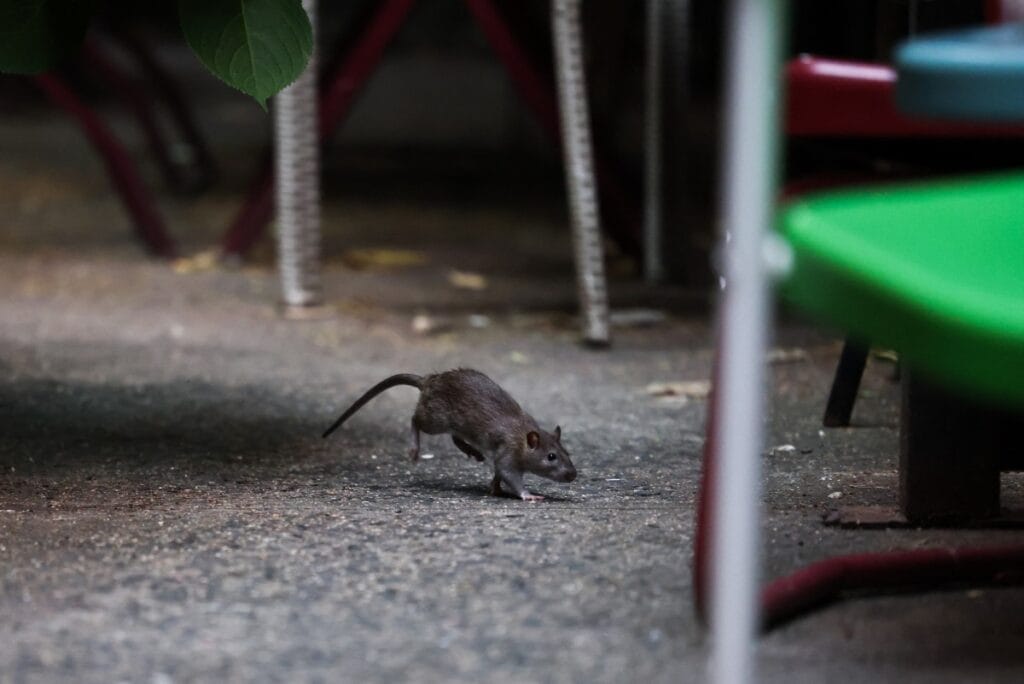October 14, 2025
SEOUL – The number of public complaints over rat sightings nearly doubled over the past three years, with a climate change-led shift in the urban ecosystem cited as a major reason.
According to data disclosed Sunday by Rep. Kim Wi-sang of the main opposition People Power Party, a total of 9,280 complaints related to rat sightings and infestations were filed by Seoul residents from 2020 to July of this year.
While the number of reports stayed below 2,000 until last year — recording 1,279, 1,043 and 1,336 in 2020, 2021, and 2022, respectively — it reached 2,181 in 2024. As of July this year, 1,555 reports had already been filed, reaching about 71 percent of last year’s figure, according to the lawmaker who serves on the National Assembly’s Environment and Labor Committee.
The top three districts with the most reports were Gangnam-gu, Gwanak-gu — both in southern Seoul — and Mapo-gu in western Seoul.
Kim reportedly shared that the overall rat population density in Seoul remains low. But warned that if suitable environments for rat habitation are created, their numbers could increase rapidly and cause severe problems, adding the need for regular monitoring and a thorough pest control system. The lawmaker claimed that the scope of rat habitats is expanding due to climate change.
Experts have explained that warmer winter temperatures have increased rats’ survival rates and extended their breeding season.
Some analyses reportedly suggested that rats tend to limit their movement in cold weather to maintain body temperature, but as the winter temperature warmed, their active hours increased, adding the time rats can spend to secure resources needed for breeding increased as well.
“Since rats are major carriers of infectious diseases, we must enhance our preemptive pest control and urban environment management system,” said Kim in a recent report.
Meanwhile, the Seoul Metropolitan Government believes that the recent increase in rat sightings is led by the redevelopment, construction activities and environmental changes, including heat waves and heavy rainfall as well.
Rats escape from their main habitats, like sewers and underground facilities, during heavy rain due to flooding and food loss. They tend to move above ground in search of cooler and better-ventilated areas during heat waves.
The city government added that the cases of leptospirosis and hemorrhagic fever with renal syndrome — major diseases carried by rats — have shown a downward trend in recent years, with no fatalities reported.







